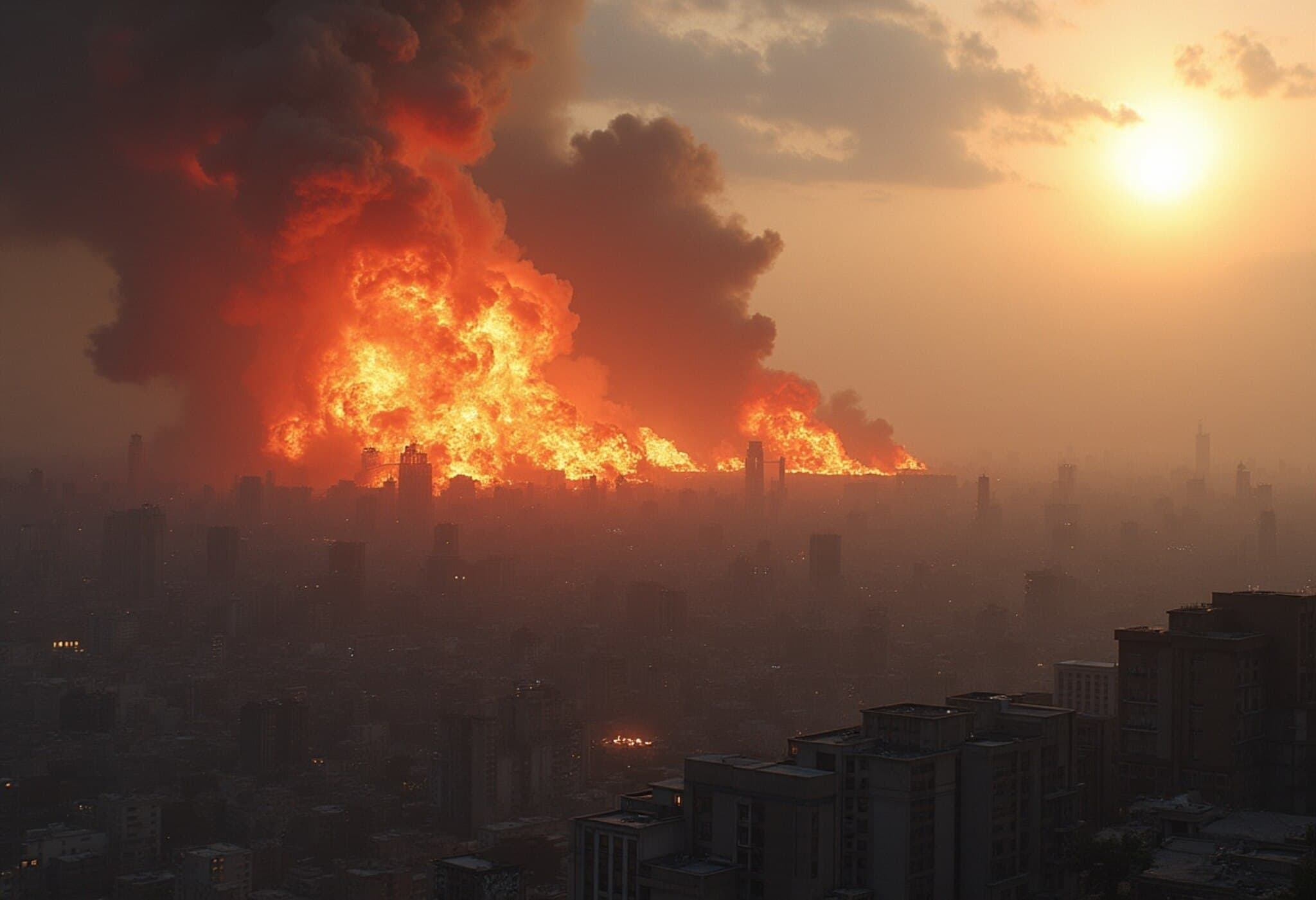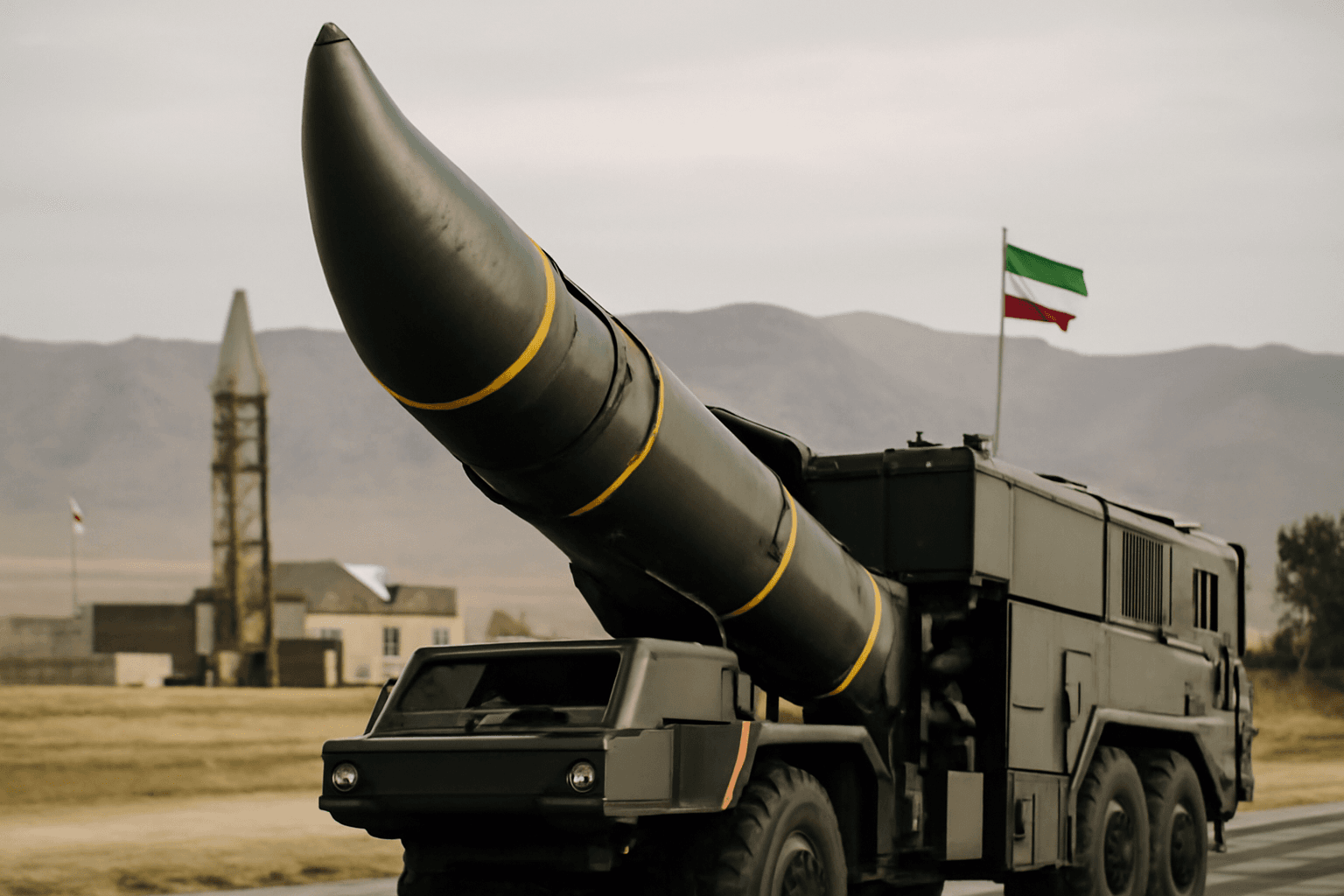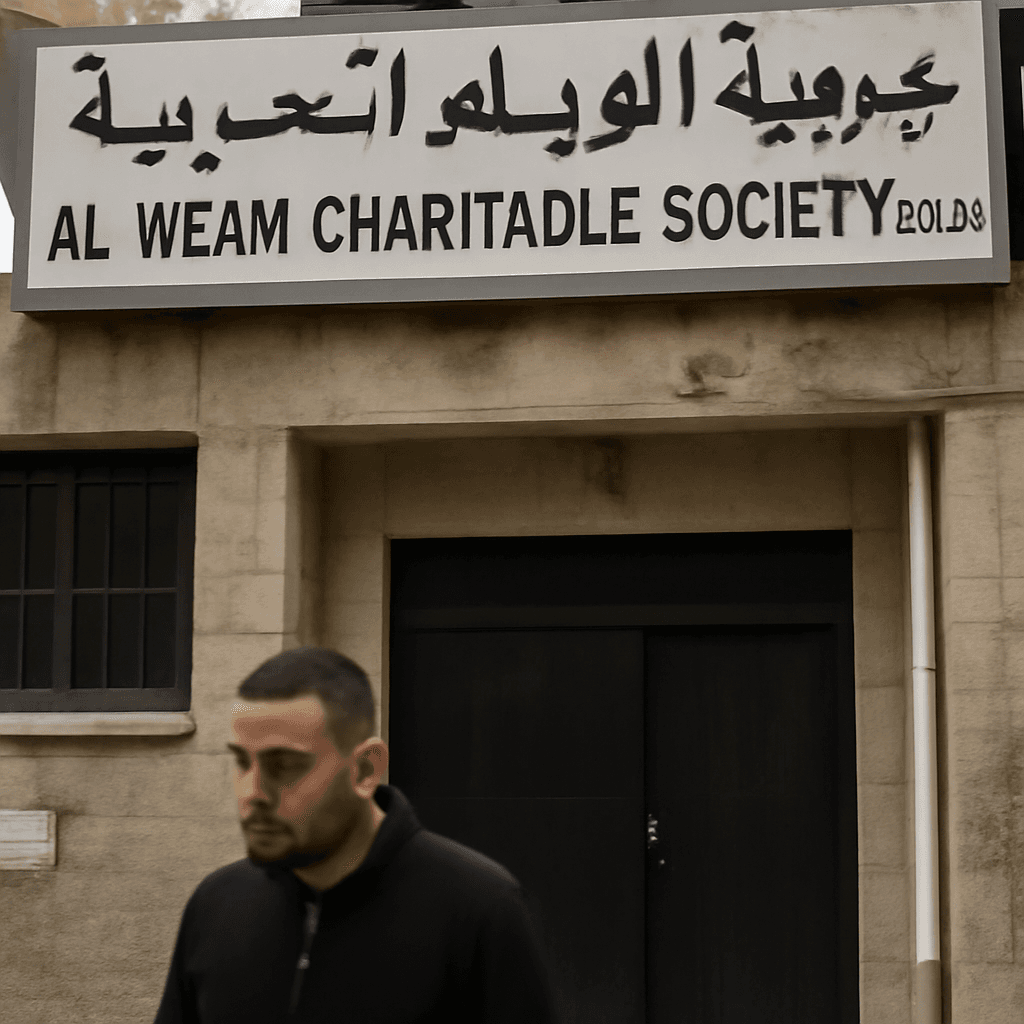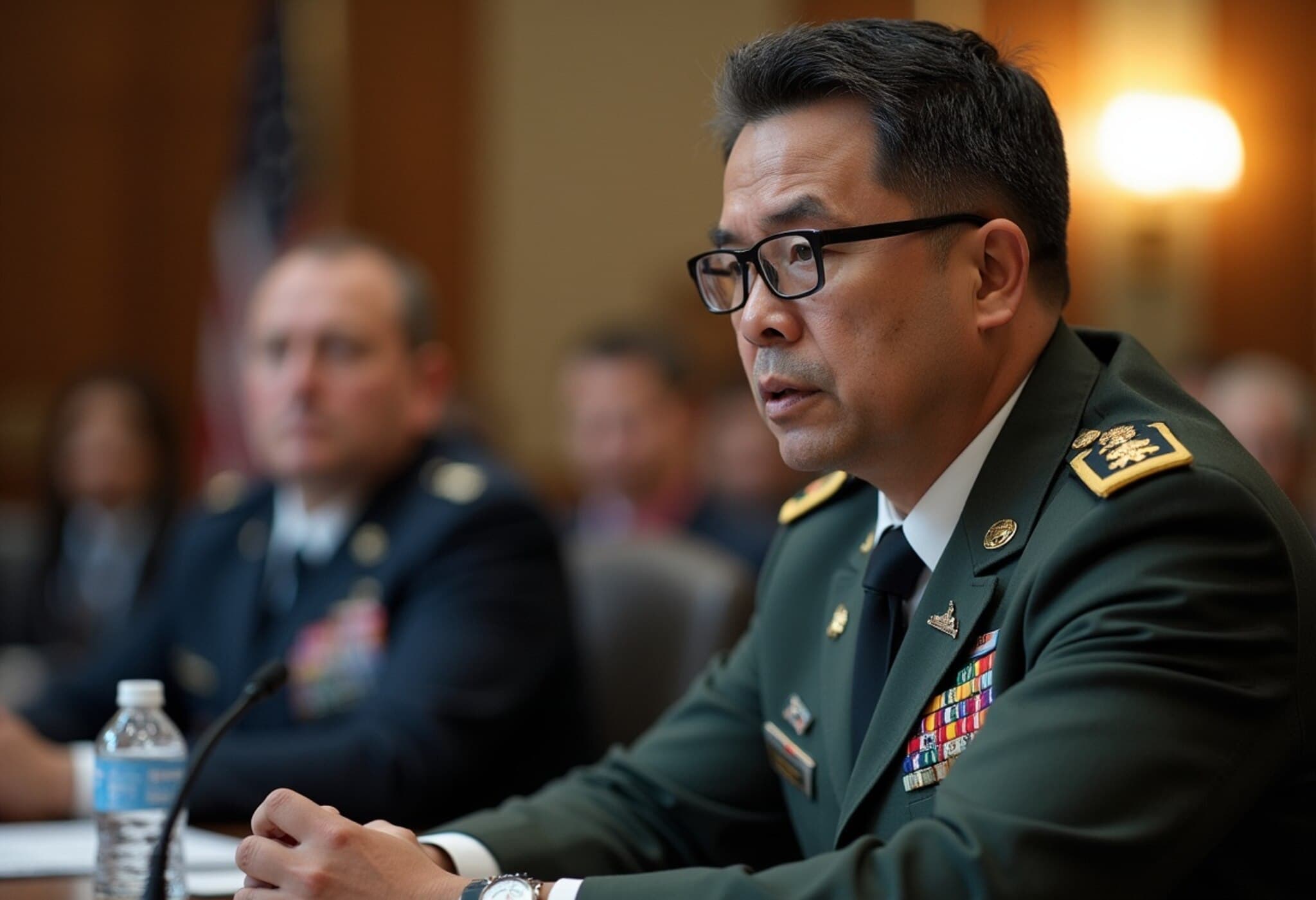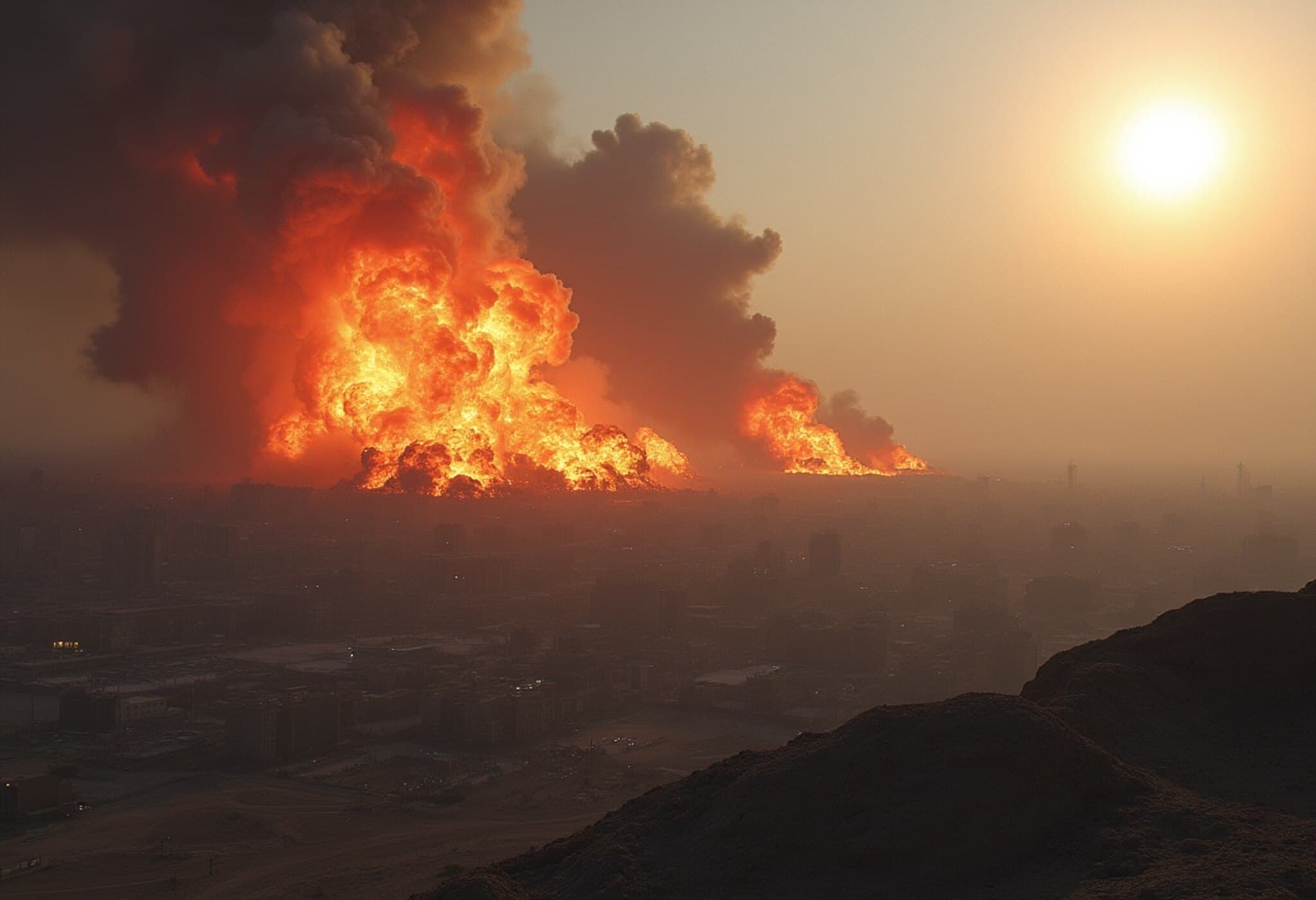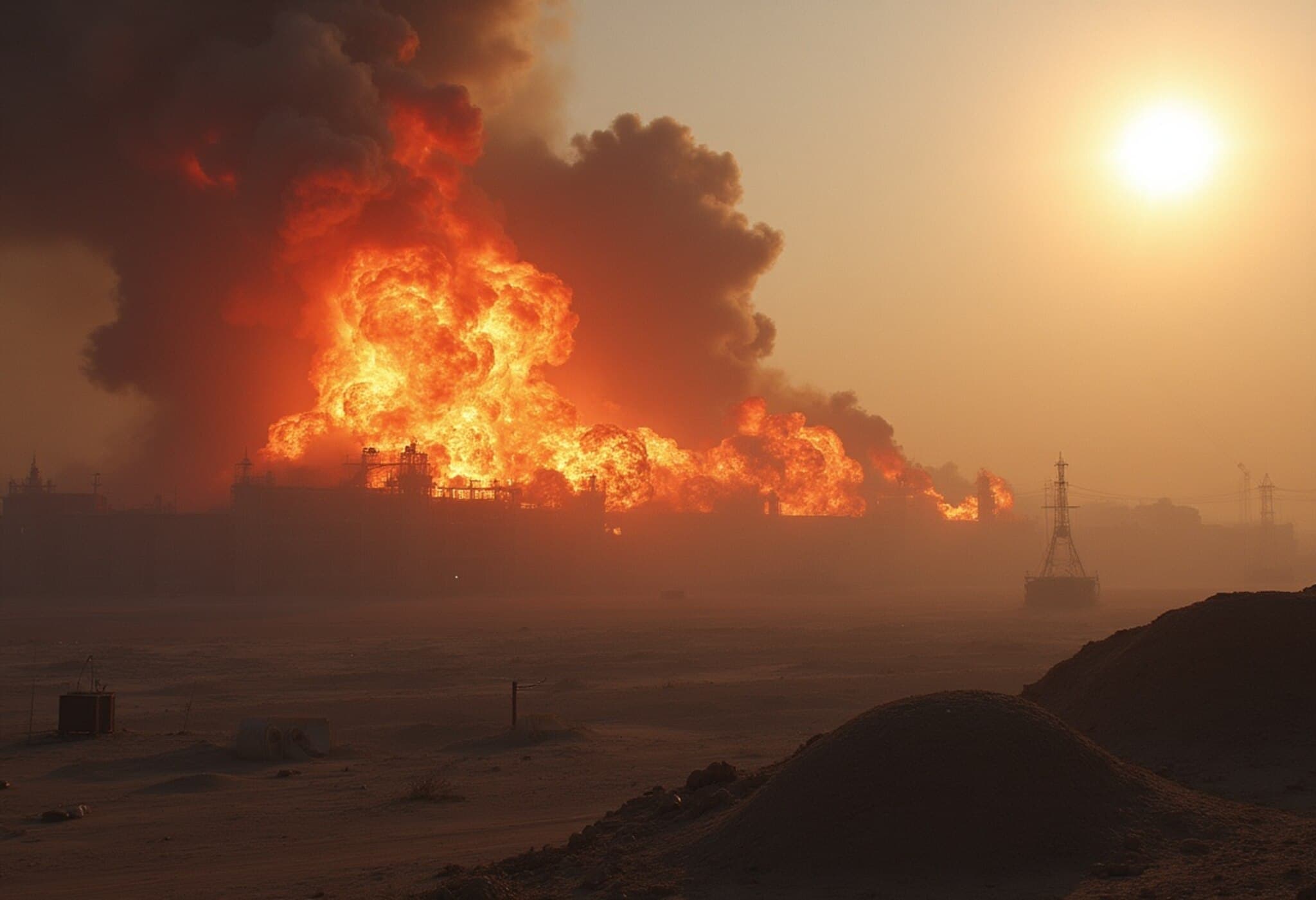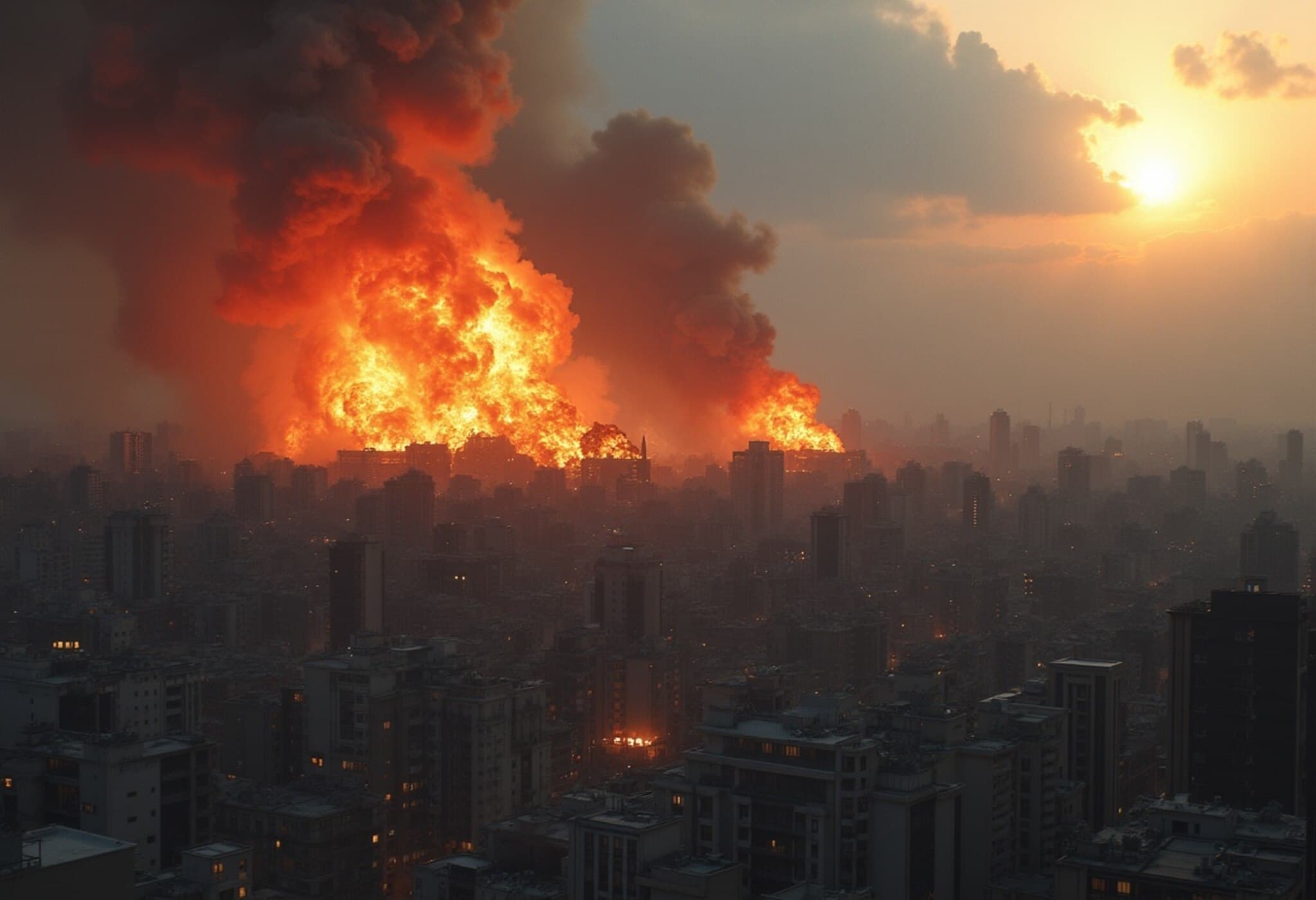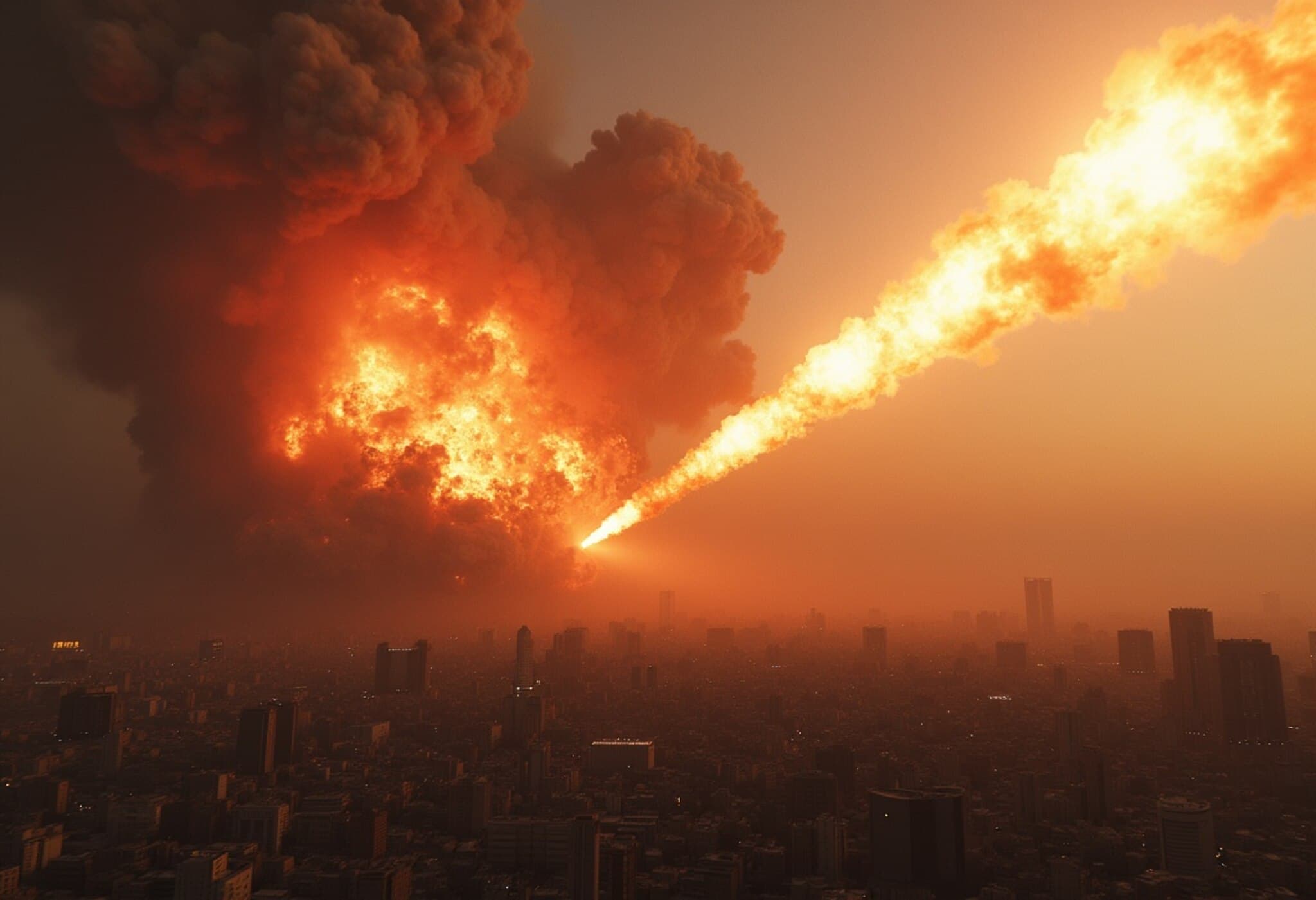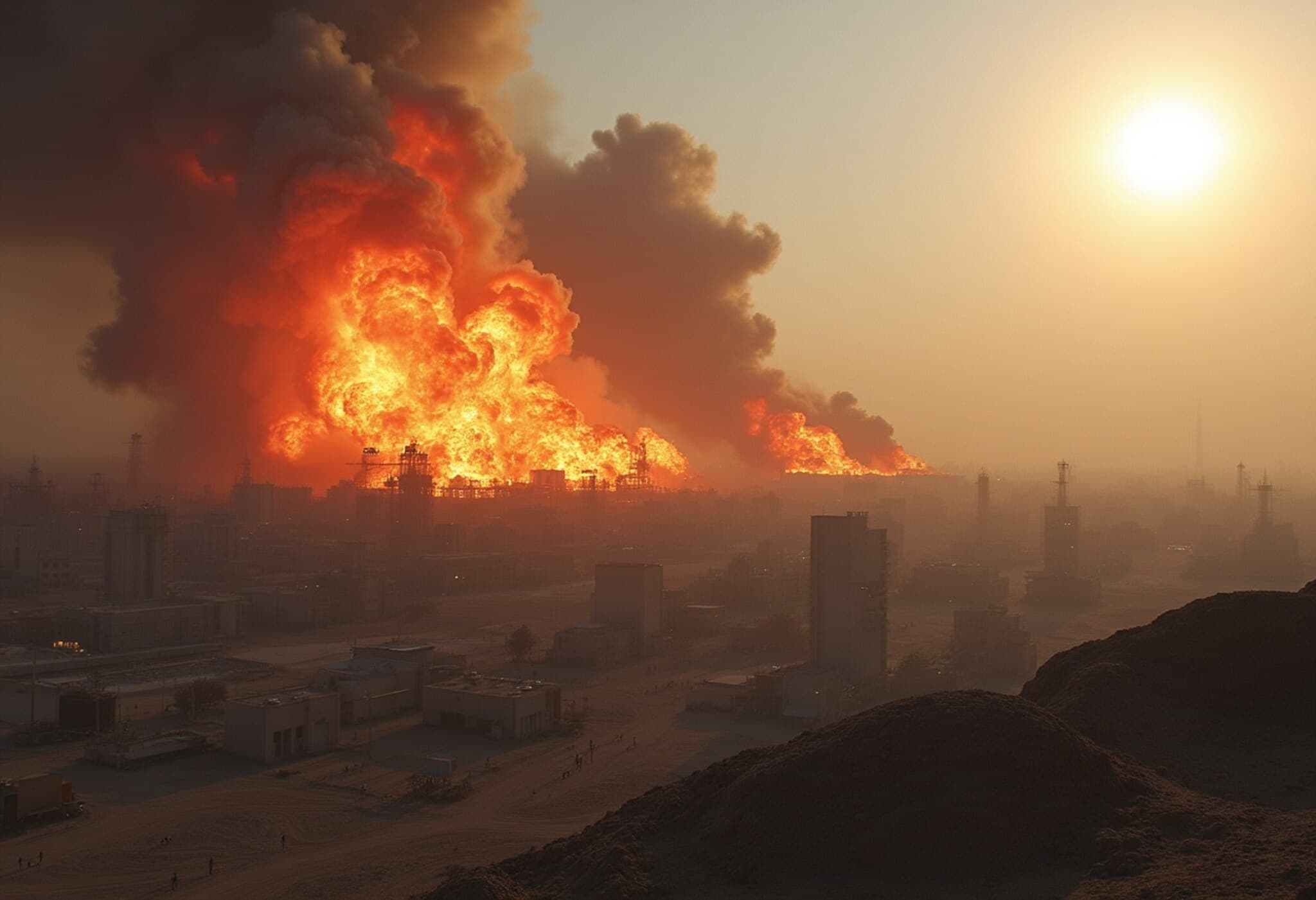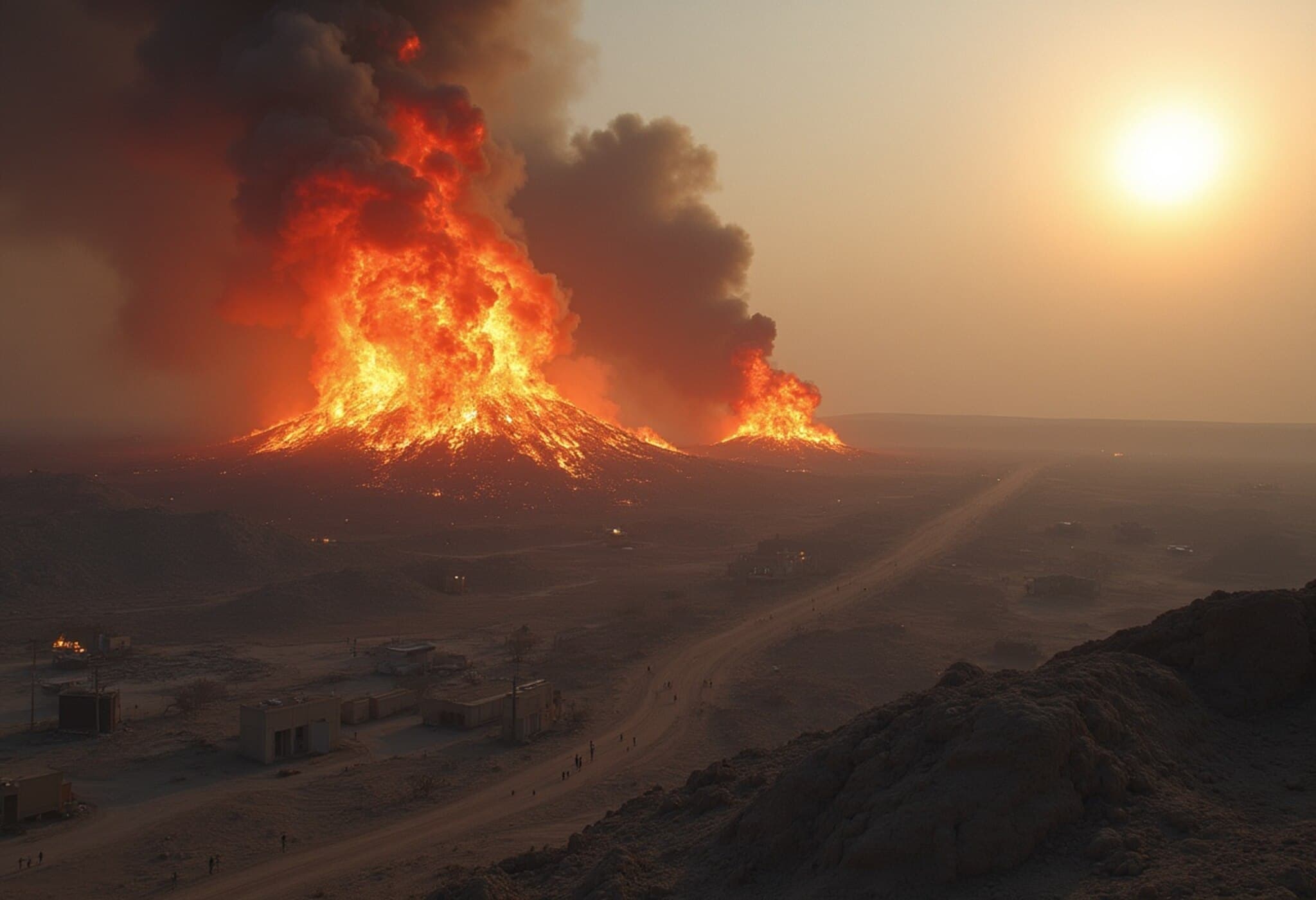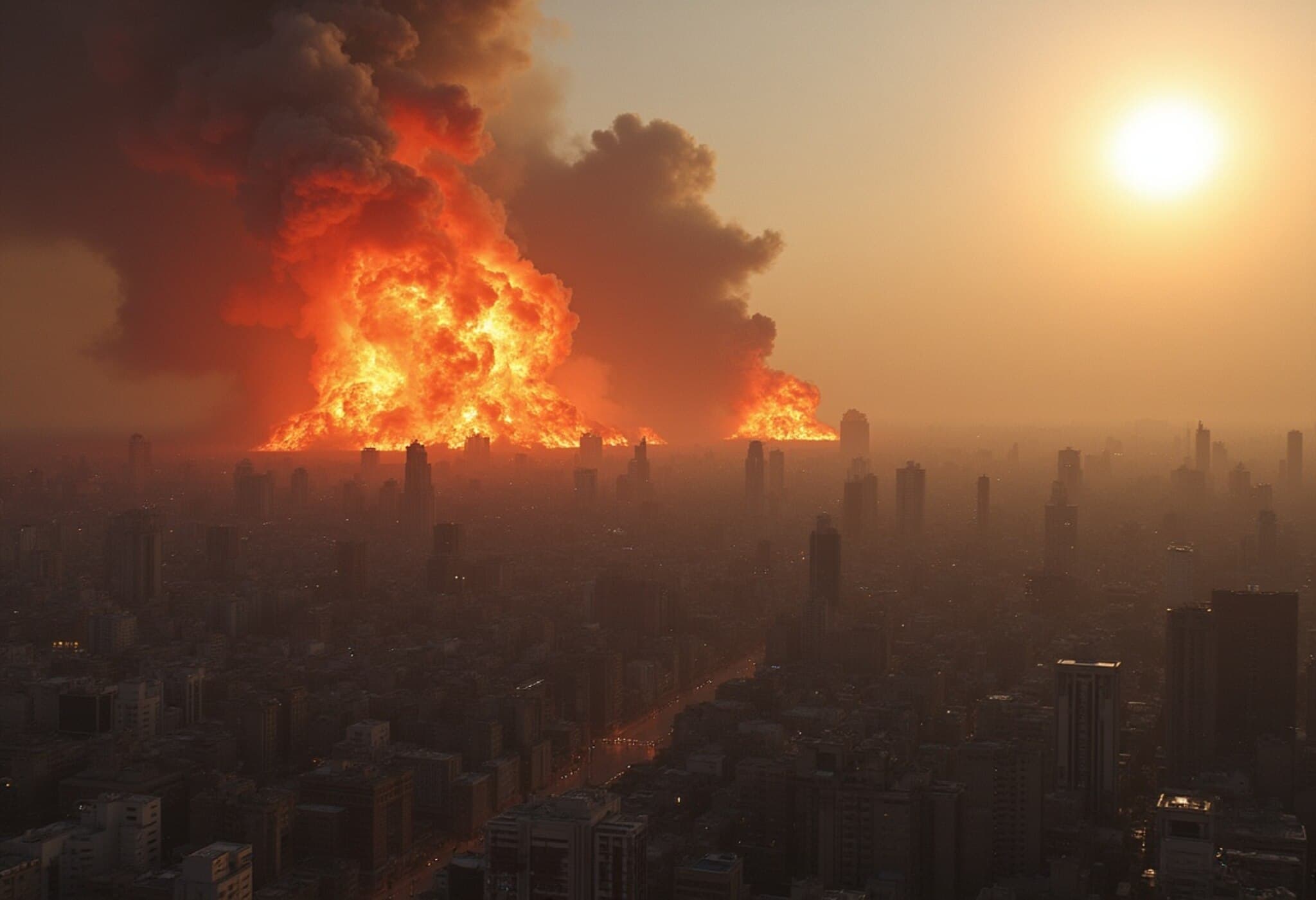US Launches Strikes on Three Major Iranian Nuclear Facilities
In a bold move shaking global politics, the United States executed airstrikes early Sunday targeting three critical Iranian nuclear sites: Fordow, Natanz, and Isfahan. The operation marks a severe setback for Iran's nuclear ambitions.
Announcing the mission, the US President confirmed that a "full payload of BOMBS was dropped" on the Fordow facility. He further assured that "all planes have safely returned," lauding the American military's unmatched capabilities. The statement concluded with a hopeful note: "NOW IS THE TIME FOR PEACE!"
Inside the Targeted Facilities
Natanz: Iran’s Largest Uranium Enrichment Hub
Located about 250 kilometers south of Tehran, Natanz stands as the heart of Iran’s uranium enrichment infrastructure. This sprawling complex is instrumental in developing and deploying centrifuges used to increase uranium purity—an essential step in nuclear fuel production.
Details reveal that Natanz consists of six above-ground buildings alongside three underground chambers, with two capable of housing up to 50,000 centrifuges. The International Atomic Energy Agency (IAEA) notes that Iran’s activities at Natanz include enriching uranium up to 60% purity—significantly below the weapons-grade threshold of 90%, yet a worrying escalation nonetheless.
Fordow: The Deeply Buried Enrichment Site
Fordow remains somewhat enigmatic due to its secretive nature. Situated near the religious city of Qom, this facility is concealed roughly 80 to 90 meters underground, embedding it within a rugged mountain range.
Only a handful of nations are said to possess bombs capable of penetrating such depths—a fact spotlighted by Israeli officials and intelligence assessments pointing to the US’s unique capabilities. Recent inspections by the IAEA report the presence of 2,700 centrifuges at Fordow, with increased production of uranium enriched to 60% purity.
Isfahan: The Scientific Core of Iran’s Nuclear Program
The Isfahan complex represents Iran’s largest nuclear research center, with operational roots tracing back to 1984 and substantial Chinese collaboration in its construction.
Home to some 3,000 scientists, this site hosts three smaller Chinese-supplied research reactors. Beyond this, Isfahan encompasses a range of specialized facilities including a conversion plant, a fuel production unit, and a zirconium cladding plant, making it a pivotal hub in Iran’s nuclear development network.
Implications and Global Reactions
The US airstrikes on these pivotal sites signal an escalation in the ongoing tensions over Iran’s nuclear program. By targeting enrichment facilities known for their technical complexity and strategic importance, the strikes are intended to blunt Iran’s progress toward producing weapons-grade nuclear material.
While the President emphasized a desire for peace, the international community watches closely, weighing the strikes’ impact on regional stability and diplomatic efforts.

